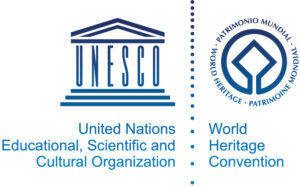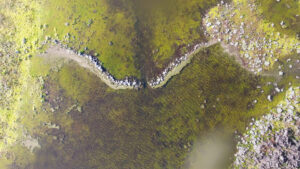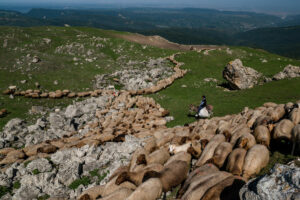The International Scientific Committee on Cultural Landscapes (ISCCL) is an International Scientific Committee (ISC) of ICOMOS, the International Council on Monuments and Sites. First established in 1971, the ISCCL welcomes the membership of experts in cultural landscapes from both ICOMOS and IFLA, the International Federation of Landscape Architects. Members of the Committee have backgrounds in a wide range of related fields, including heritage conservation, landscape architecture, landscape history, planning, law, and ecology among others.
Our Mission
As the expert scientific body of ICOMOS for Cultural Landscapes
We respond to the needs of the World Heritage Committee of UNESCO
As an Advisory Body to the World Heritage Convention, ICOMOS asks the ISCCL to:
- complete desk reviews of sites nominated to the World Heritage List,
- engage in site visits as necessary to review nominations and/or
- prepare advisory reports to the World Heritage Committee.
The ISCCL also reviews the outcomes of World Heritage cultural landscape nominations, and, through a process of internal ICOMOS review, may propose modifications to the World Heritage Operational Guidelines, and/or guidance documents on the topic of cultural landscapes.
As a Committee of experts from both ICOMOS and IFLA
We undertake
- research,
- develop conservation theory, guidelines, and charters,
- foster training for better heritage conservation,
- promote international exchange of scientific information, and
- carry out projects of common interest with IFLA, IUCN (NatureCulture initiative), other international scientific committees of ICOMOS and related organizations.
Our Vision
As a collaborative group of researchers and practitioners, we bring our wide range of disciplines, knowledge areas and cultural diversity to bear on the issues of cultural landscapes. Our formal role is to fulfill ICOMOS’s consultative role in the World Heritage Convention (1972) with respect to cultural landscapes, however, this is only a portion of our work. Beyond World Heritage, we study, research and apply cultural landscape knowledge, theories and concepts, working to ensure technology transfer around the world. We share expertise and best practices, and improve the documentation, preservation, management and inclusivity of the tangible and intangible values of cultural landscapes.



